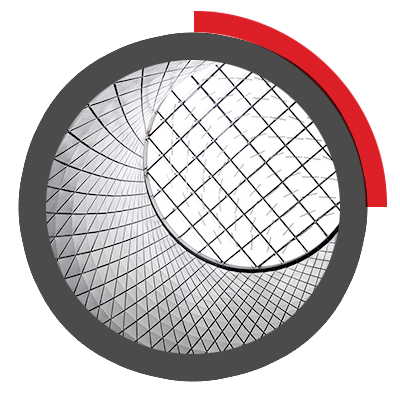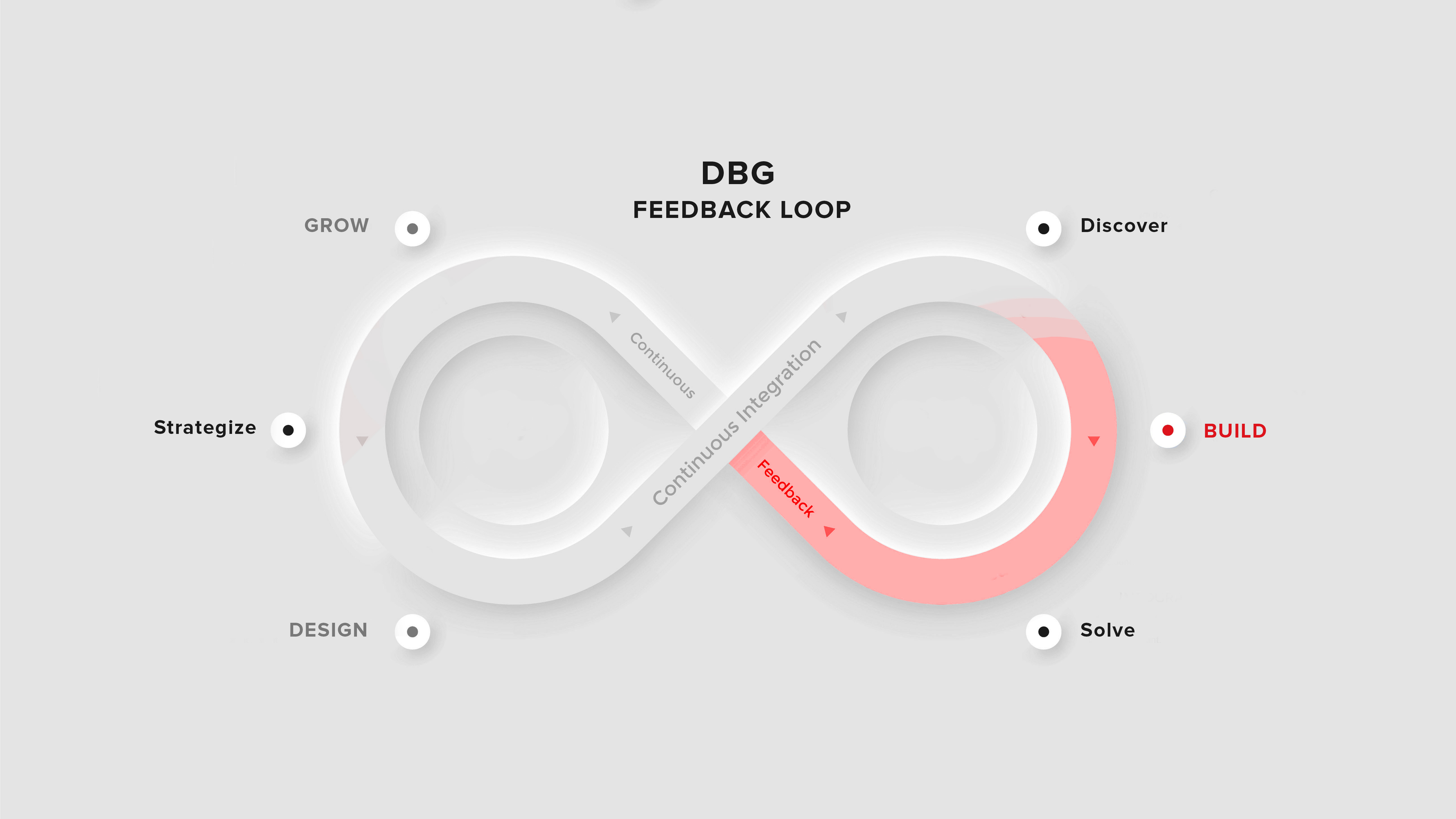Build
Rome wasn't built in a day. Thinking about your digital presence as something that requires attention every few years is an antiquated approach destined for failure.


We have a lot of tools in our box
What sets Station Four apart from our competition is that our integrated team can do anything we set our minds to. We have the in-house talent to see our strategies through and we don't limit our solution designs by our inability to see the problem from various viewpoints. The old saying goes "To a hammer, every problem looks like a nail". Well, we have a lot of different tools in our toolbelt and we can solve problems in ways that others fail to even see as an option.

Superior Inbound Material
Quickly and efficiently build the materials you need to support your inbound marketing strategy. Drag and drop building blocks including testimonials, forms, calls-to-action, and more.
― Build
What is DBG?
"DBG" is our take on what is essentially an iterative, yet continuous, process of refining a strategy based upon empirical observations and data analysis. It stands for "Design, Build, Grow" and it is a process through which effort can be applied to the right aspect of your digital ecosystem at the precise time to drive value and move you closer towards obtaining your goals.
Each step of the process feeds into the next. Once we design a strategy, we build the structures to implement said strategy. Then we measure it and use real-world data to then refine and adjust our strategy. This leads to a cycle that can be run until the desired goals are met.
Empower rapid changes to your ecosystem
Build only what is truly needed
Focuses on adding value, driving growth
Facilitates data-centric decisions
Our Development Philosophy
Agility
At Station Four (S4), we embrace an iterative software development process that revolves around making small, continuous improvements. Our approach involves deploying these improvements into the product on an ongoing basis, allowing for maximum agility to respond to business changes and market demands.
Operational Alignment
Central to our philosophy is the alignment between our clients and S4 across various departments, including marketing, IT, operations, and customer service. We understand that successful software development requires close collaboration and synergy between these teams. By working hand in hand, we ensure that our solutions not only meet your business objectives but also align with your overall organizational goals.
Constant Unyeilding Change
In today's rapidly evolving technological landscape, change is the only constant. At S4, we recognize the inevitability of technological advancements and the need to adapt at a moment's notice. Our team stays at the forefront of industry trends and emerging technologies, ensuring that we are always positioned to embrace change effectively.
By adopting an iterative approach, we create a continuous feedback loop with our clients, allowing for regular communication, evaluation, and refinement of the product. This iterative process enables us to identify and address any potential issues or enhancements promptly, resulting in a product that is finely tuned to meet your evolving needs.
Foundation of Trust
At S4, we are passionate about leveraging technology to drive innovation and propel your business forward. Our iterative software development process, coupled with our commitment to collaboration and adaptability, ensures that we deliver solutions that not only meet your current requirements but also position you for future success. Trust us to be your strategic partner as we navigate the ever-changing technological landscape together.
Next Up, the Grow Phase
By starting with discovery and engaging in thoughtful and creative practices we set the foundation for the next phase, the "G" of DBG, or the Grow phase. This is where the rubber meets the road and we put digital ink to paper.
― Learn Today ―
Our Blog
Get the latest news and trends on Inbound Marketing




















